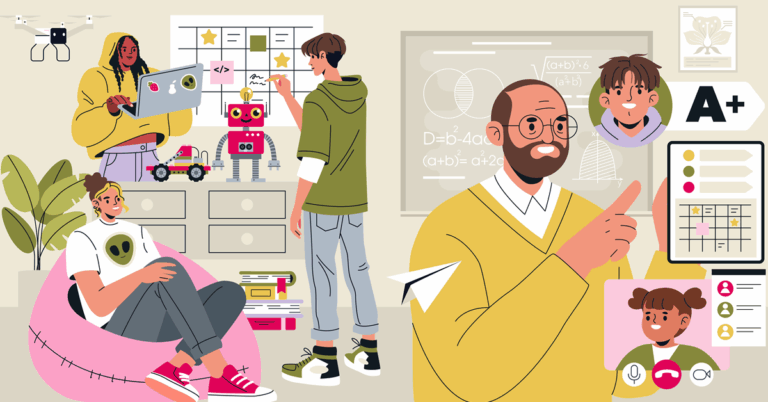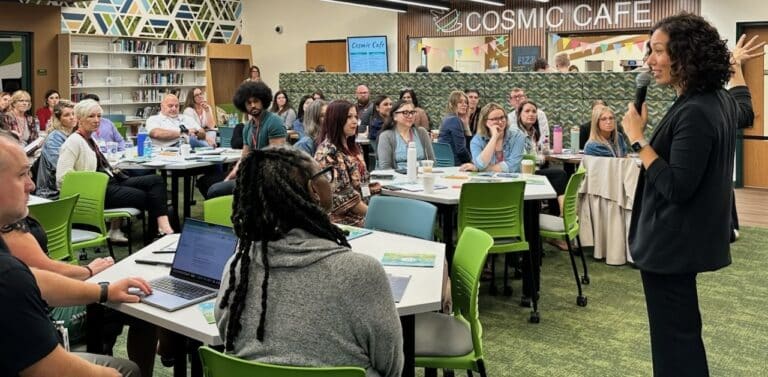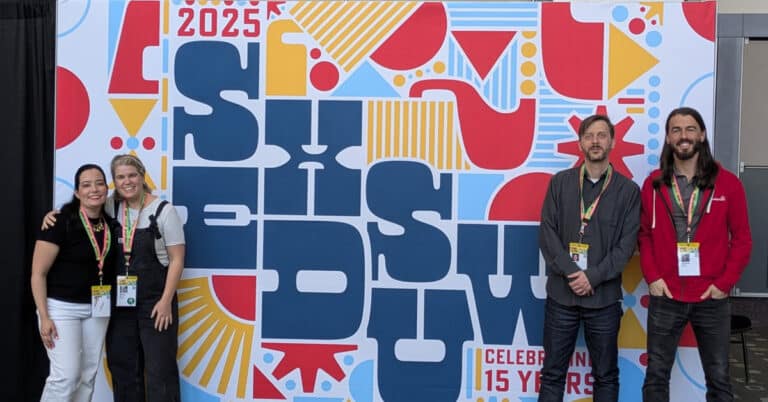Much has been made about the connection between technology and personalized learning. So let’s get some clarity.
Can you personalize learning without technology?
Yes. But technology is a great tool for implementing personalized learning.Is personalized learning driven by technology?
No. It’s driven by good teaching and strong supports centered on the needs of each learner.Is personalized learning simply putting kids in front of screens and pressing play?
No. Technology is a tool, much like a pencil or a composition notebook, it helps bring learning to life by providing a means for learners to practice and the ability to demonstrate work.Keep these four factors is mind as you work to successfully implement technology as part of any personalized learning environment:
- Technology is an additive. Technology, whether a tablet, laptop and/or online program or platform should enhance, not replace great teaching in the classroom. The goal of personalized learning is to meet each student where they are. That goal can only be achieved by utilizing engaging direct instruction, project-based learning, cooperative learning and supportive technology. Technology can help students fill in learning gaps, advance learning through greater exploration of content and connect students directly to insights and research from subject matter experts.
- Technology should be implemented naturally. Think about each classroom as an ecosystem. Technology must live in balance, in concert, with the other learning options and modalities. In fact, over-reliance on technology is contrary to the core premise of personalized learning — all students need multiple ways to interact and demonstrate their mastery of knowledge and skills.
- Technology extends the benefits of great teaching. To provide each student with engaging instruction, just-in-time supports and real-world learning opportunities, technology can and should play a role. This could be in the form of a flipped classroom where technology allows for direct instruction at individual pacing online while allowing for application of skills in the classroom under the guidance of a teacher. Technology can also play a role in organizing day-to-day classroom activities by allowing students to rotate between small group instruction, online practice and group work. In rural communities, technology has improved access to advanced coursework for students through video-based lessons or distance learning-based options.
- Technology is part of youth culture. Today’s students are digital natives. From early childhood they have been immersed in media-rich environments, using computers, playing online games and constantly consuming and using digital spaces for social interaction, content creation and consumption. Its normal for them to toggle between research and writing all while listening to music on Spotify… it’s second nature.
Personalized learning leverages technology and adaptive learning platforms to optimize educational resources and minimize wasted time. Students can focus on areas they need to develop, accelerating their progress and potentially shortening the overall duration of their learning journey. This targeted approach can also lead to cost savings by reducing the need for repetitive instruction or unnecessary coursework.
Is technology an educational silver bullet or the end of public education as we know it? Neither. It is a tool in the toolbox to help educators improve engagement, meet students where they are and prepare them for the technology-rich workforce they will enter.
Think about it this way: An airplane is full of technological advancements to improve navigation, safety and communication but we still need a highly trained pilot to fly the aircraft and bring us to the correct destination. No matter the technology in the classroom, we still need teachers, great teachers, to help students cultivate a love of learning and master the core content and skills they need to be successful.







